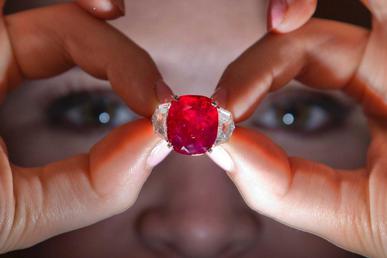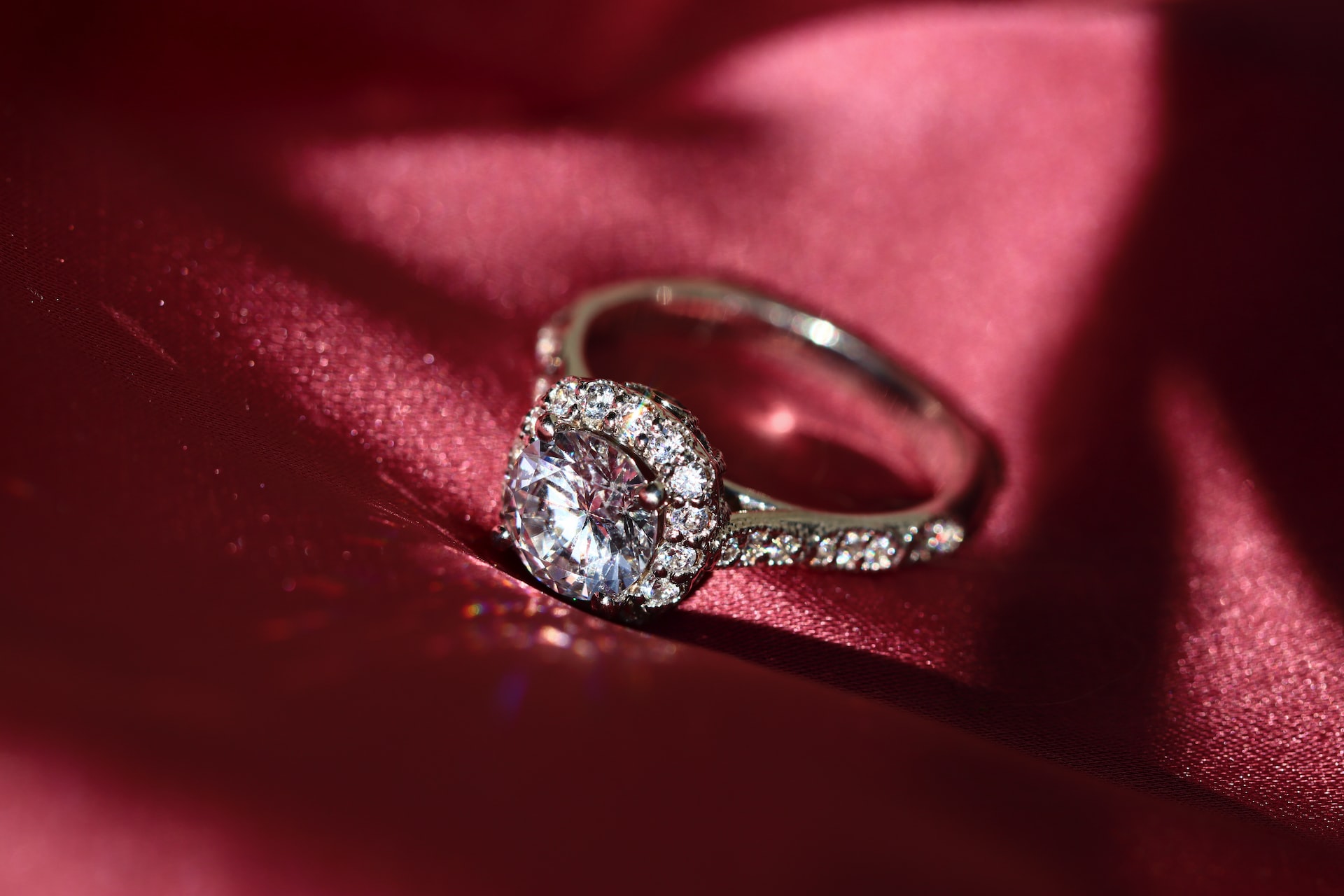How are diamonds cut
How are diamonds cut? Diamond is the hardest material on earth and the hardest gem to cut. The discovery that diamonds could be polished using their own dust didn’t come until the 15th century. Prior to that, only diamond rough and polished crystals could be paired with this gem. Faceting enabled the possibility of sparkle.
The scaif was created in 1475 by a Flemish cutter named Lodewyk van Berquem: an oil-and-dust-coated diamond polishing wheel with a diamond-holding arm. He could polish diamonds, cut facets, and create brilliance with this special cutting wheel.
Once the cutters realized how beautiful faceted diamonds were, they kept coming up with new concepts. They used a table cut and step cut to make the cuts after polishing the crystals. The first faceted rose cuts were created in the 16th century. Mazarins, the first brilliant cuts with more facets to maximize brilliance, were created for the French court of Versailles in the middle of the 17th century.
The mine cut was developed in the eighteenth century to improve the weight and beauty of diamond crystals cut from Brazil mines. Brazil became known as the “old mine” when diamonds were discovered in South Africa. The silhouette of an old mine diamond is a rounded square with a high crown and deeper pavilion that resembles an octahedral diamond crystal.
At the end of the 19th century, diamond cutting was altered by the industrial revolution. Using steam-powered cutters and motorized saws, diamonds could be cut in ways that had never been done before: the rise and rise of the round diamond. The 58 facets of modern round brilliants were identical to those of the Old European cut and the English round cut. In order to improve the light’s performance over time, cutters altered the angles and proportions.
A young Belgian student studying sport in London wrote his thesis in 1919 about the ideal proportions for round brilliant diamonds. His work served as the foundation for the contemporary round brilliant and the ideal diamond proportions that are still prized today, despite the fact that his calculations required adjustments and omitted the girdle.
Planning flawlessly is the beginning of a flawless diamond. Getting this fixed is the most important step. Planning contributes to determining the product’s final value, despite the fact that it can take time. Most diamond cutters today use software to set up the best shapes for each rough stone based on things like inclusions.
This approach minimizes waste and maximizes the yield of each rough diamond. To determine the most effective cuts and precise measurements, a Sarine machine is used.
From a single rough stone, multiple diamonds are sometimes cut. The software generates 3D models that show the cutter the best course of action, even for complex configurations. The cutter is prepared to cleave and saw after the cuts have been planned by the software. The rough is cut into smaller pieces during the cleaving process.
The cutter can now work on each piece independently and make the most of the rough at this point. This stage also includes machine sawing. Lasers can be used as a contactless method for roughs with irregular shapes.
The cutter uses bruting to round the rough stones’ edges after the diamond is split. Another term for this procedure is “grinding.” The process is as follows: The cutter positions two diamonds opposite one another on a rotating axle. After that, the machine grinds them against each other in opposite directions to create a rough girdle finish.
The facets are created and shaped after the rough diamond is shaped into a round shape. The rough is polished by the cutter by being placed on a rotating arm and turning a wheel. The facets appear more reflective as a result of the wheel’s smoothing action.
Read More: Is it possible to melt down diamonds – Important facts for 2023












